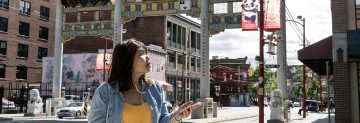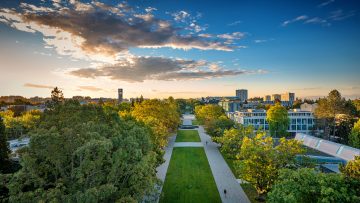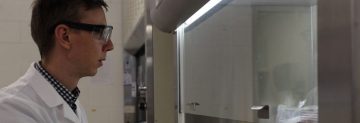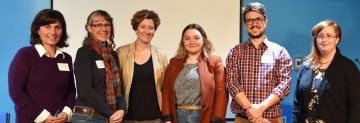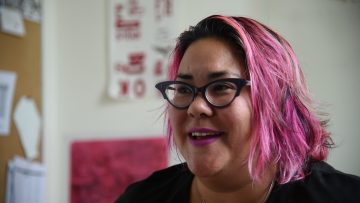Expanding Learning Spaces Beyond Classroom Walls
UBC geography professor Siobhán McPhee is using technology to expand traditional learning spaces and make education accessible and relevant to more students.
UBC Open Dialogues
UBC Open Dialogues are a series of videos and articles where UBC faculty, students, and staff discuss and reflect upon their open practices and approaches. Topics include how to do open courses, how to make open content accessible, how to practice responsible pedagogy, how to rethink textbooks, how to engage the general public, and more.
Open as a TLEF Focus
UBC’s Teaching and Learning Enhancement Fund was created in 1991 to enrich student learning by supporting innovative educational enhancements. Starting in the 2017/2018 cycle, a focus on open educational resources (OER) was added to the criteria for new proposals.
Fostering Student-Created Knowledge
Janette Bulkan, Assistant Professor in the Faculty of Forestry, is initiating student-led projects on the UBC Wiki, an open-source platform, to facilitate students as producers of knowledge.
Engaging and Supporting Students in Open Pedagogy
For David Gaertner, it is important that his students have the opportunity to create work with a broader impact, that can live beyond the classroom walls.
Use of Open Resources Continues to Increase
Since 2011, more than 47,000 UBC students have enrolled in courses that used open resources instead of traditional textbooks. At least $4.7 to $6.7 million dollars have been saved by UBC students in these courses and these figures are increasing.
Using open tools and resources
For Jonathan Verrett, the use of open source tools is important as they allow others to build upon previous work and resources. “That allows educators to have access to more powerful tools to train students.”
